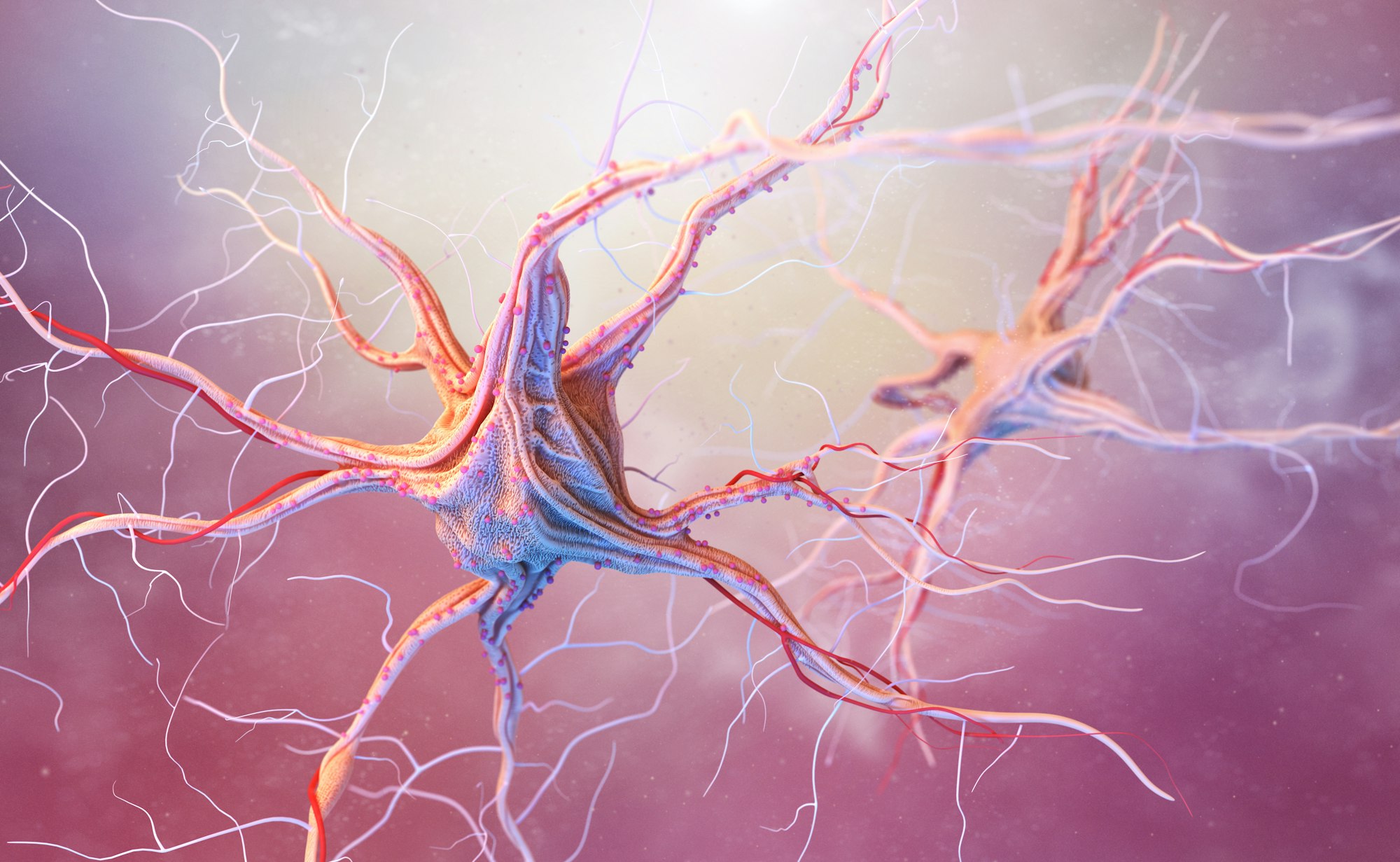
Our bodies are made up of trillions of different specialised cells. Our nervous system cells are called neurons, their role is to carry messages, via an electrochemical process, along the central nervous system (brain and spinal cord) and throughout the peripheral nervous system (ganglia).
We have 3 types of neurons. Sensory neurons respond to touch, sound, light, smell and taste, sending signals to the spinal cord and brain. We have motor neurons that receive signals from the brain and spinal cord to cause muscle contraction and affect hormonal response. Connecting neurons together with other neurons are inter-neurons.
In most recent years there has been talk of our gut being our second brain. Neuroscience research has proven that we do, just like the brain within our skull, have a complex and functional neural network in our gut but also in our heart! Our gut and heart resembles the same characteristics of our head brain:
These complex neural networks display amazing levels of functional intelligence and there is a growing array of evidence that these brains are deeply involved in the control and processing of numerous functions and core behavioural competences.
Grant Soosalu and Marvin Oka studied well over 600 scientific research papers, articles and books; behaviour patterns associated with each of the 3 brains emerged. It was found that each brain has:
Each neural network, your head, gut and heart brains, have different ways of processing the world, communicating, operating and addressing their own concerns and domains of expertise.
Heart brain prime functions (approximately 30-12,000 neurons):
Gut/Enteric Brain prim functions (approximately 200-500 million neurons):
Head/Cephalic brain prime functions (approximately 100 billion neurons):
These prime functions are not just limited to the particular brain there associated with. The head brain having approxiamtely100 billion neurons is way more complex than either heart or gut brains and so would have some involvement in all functions. Each neural network is a key driver for its primary functions.
These prime functions can be seen in everyday expressions:
So now knowing we have 3 separate but integrative centres of wisdom how can we make best use of this?
Grant Soosalu and Marvin Oka built upon their expertise in Neuro Linguistic Programming (NLP – behaviour modelling with the use of thoughts and words) and developed multiple Brain Integration Technique (mBIT); the process of communicating with, aligning, and harnessing the intelligences of your multiple brains.
When you are putting the mBIT techniques into action you are mBraining. You are using your multiple brains coherently; you are aligning and integrating your multiple brains for specific outcomes.
Alignment of 3 brains for:
Another important aspect of mBIT is the use of working with your breath to achieve a balanced and coherent Autonomic Nervous System. Balanced breathing reduces all forms of stress and realigns your 3 brain centres.
Signs and indicators you aren’t aligned:
mBIT massage is a hands on technique which will assist your body’s neurons to wire together so they can fire together throughout your multiple brains: